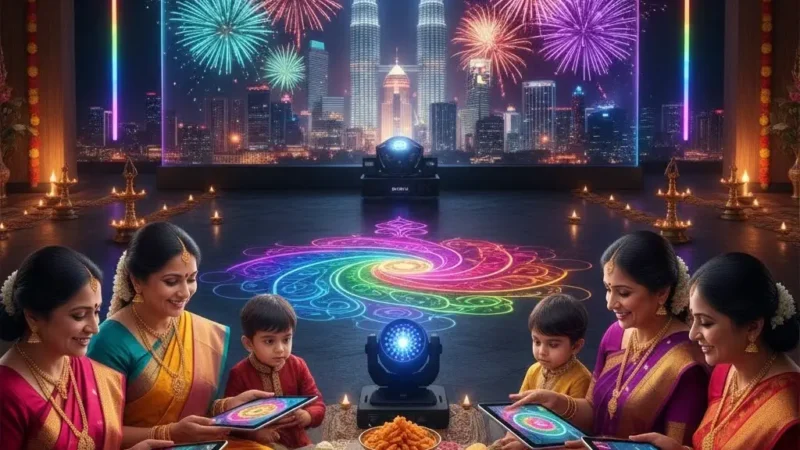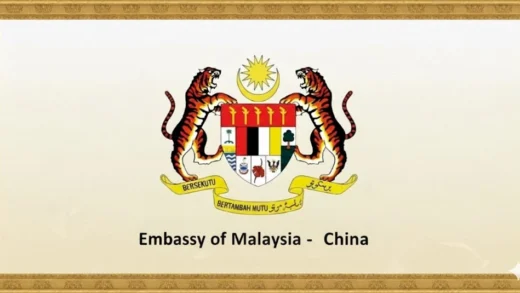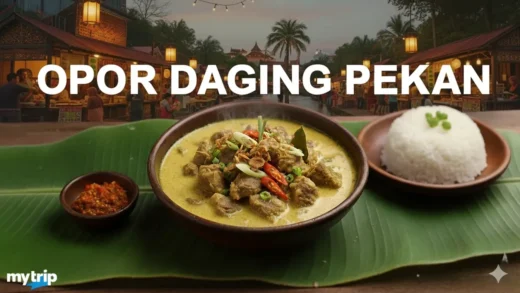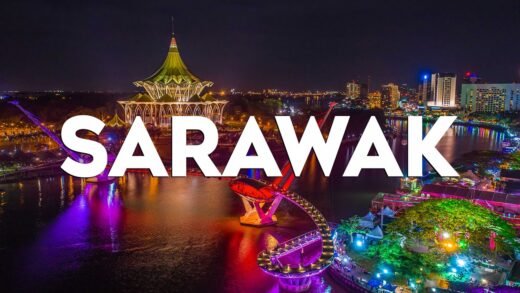The Modern Deepavali Experience in Malaysia- Tradition Meets Technology

Deepavali, also known as Diwali, is one of the most vibrant festivals celebrated by the Indian community in Malaysia. From traditional oil lamps and kolam (rangoli) to digital livestreams of temple ceremonies, the festival today perfectly blends rich heritage with modern innovation. This article explores the Malaysian Deepavali history and culture, detailing origins, regional differences, traditional foods, decorations, rituals, and how technology is reshaping the celebrations. SEO keywords like Deepavali traditions in Malaysia, Malaysian Indian festival celebrations, and where to celebrate Deepavali in Malaysia are integrated naturally.
Origins of Deepavali in Malaysia
Deepavali originates from Hindu mythology, primarily celebrating Lord Rama’s return to Ayodhya after defeating Ravana — symbolizing the triumph of light over darkness. Indian traders and migrant communities brought these traditions to Malaysia centuries ago, creating a unique blend of cultural influences. Today, Malaysian Deepavali history and culture reflects local adaptation, combining Indian rituals with Malaysian multicultural elements.
Significance for the Malaysian Indian Community
Deepavali is more than fireworks and sweets:
- Spiritual observance: Pujas and prayers for prosperity and well-being.
- Family bonding: Homes are cleaned and decorated; gifts and sweets are shared.
- Cultural identity: Music, dance, and attire reflect Tamil, Telugu, Punjabi, and other subcultures.
- Community connection: Open-houses and charity events promote social cohesion.
These practices highlight why Deepavali traditions in Malaysia remain integral to cultural identity.
How Technology Has Changed Deepavali Celebrations
Modern Deepavali in Malaysia merges tradition with technology:
- Digital pujas and livestreams: Temples stream rituals for those unable to attend in person.
- E-invites & social media: Families share open-house invitations and festive moments online.
- Online shopping: Traditional sweets, diyas, and decorations are available online.
- Environmental awareness: Many urban communities adopt laser shows or LED displays instead of fireworks.
This fusion allows Malaysians to celebrate Deepavali in modern ways without losing its cultural essence.
Traditional Customs and Rituals
Pre-Festival Preparations
- Deep cleaning homes to symbolize purification.
- Purchasing new clothes for family members.
Pooja and Prayer
- Lakshmi puja for prosperity.
- Lighting diyas and offering sweets, fruits, and flowers.
Lighting and Decorations
- Rows of diyas and oil lamps brighten homes.
- Kolam patterns at entrances welcome prosperity.
Charity and Sharing
- Donating to the needy and visiting neighbors strengthens community bonds.
Regional Deepavali Celebrations in Malaysia
Penang
Known for its street markets, temple processions, and fusion sweets.
Kuala Lumpur
Areas like Brickfields and Jalan Masjid India are hotspots for where to celebrate Deepavali in Malaysia, with public events and cultural performances.
Johor
Focuses on family gatherings and community open-houses in towns and villages.
Ipoh
Celebrations are home-based, emphasizing traditional rituals and authentic cuisine.
Temples That Define the Festival
Batu Caves (Selangor)
One of Malaysia’s most iconic Hindu temples; attracts thousands during Deepavali for prayers and celebrations.
Sri Mahamariamman Temple (Kuala Lumpur)
Hosts elaborate pujas and colorful processions, offering a cultural feast for visitors and devotees alike.
Both temples highlight the spiritual and communal significance of Deepavali and serve as key locations for Malaysian Indian festival celebrations.
Traditional Foods and Sweets
Sweets (Mithai)
- Laddu: Flour and ghee-based sweet.
- Mysore Pak: Gram-flour fudge.
- Payasam / Kheer: Sweet rice or milk pudding.
- Halwa and Badusha: Deep-fried confections.
Savouries
- Murukku / Chakli: Crispy lentil-based snacks.
- Samosa and Pakora: Spiced fried pastries.
- Banana-leaf meals: Vegetarian festive thalis served in some regions.
These treats showcase the fusion of Indian and local Malaysian flavors, an essential part of Deepavali traditions in Malaysia.
Decorations and Family Practices
- Kolam / Rangoli: Intricate designs using rice flour or flower petals.
- Diyas & Lanterns: Earthen lamps and modern LED lights illuminate homes.
- Family rituals: Morning pujas, gift exchanges, and ang pow distribution to children.
- Festive attire: Sarees, veshtis/dhotis, and modern fusion wear.
Where to Celebrate Deepavali in Malaysia
- Little India, Brickfields (Kuala Lumpur): Street festivities and temple visits.
- Batu Caves (Selangor): Major temple celebrations.
- Penang: Colorful processions and traditional markets.
- Johor and Ipoh: Community open-houses and family-centered events.
FAQs
Q: When is Deepavali celebrated in Malaysia?
A: Typically between October and November, following the Hindu lunar calendar.
Q: Is Deepavali a public holiday?
A: Yes, nationally, especially in states with large Indian populations.
Q: Can non-Indians attend open-houses?
A: Yes, they are inclusive and welcoming to everyone.
Q: Are fireworks allowed?
A: Regulated depending on state and municipality; many communities prefer safe alternatives.
Conclusion
Deepavali in Malaysia beautifully bridges tradition and technology. From spiritual pujas at Batu Caves to LED-lit homes and social-media celebrations, the festival preserves its cultural roots while embracing modern innovation. For those seeking where to celebrate Deepavali in Malaysia or exploring Malaysian Deepavali history and culture, the festival offers both traditional rituals and contemporary experiences.





Comments are closed.